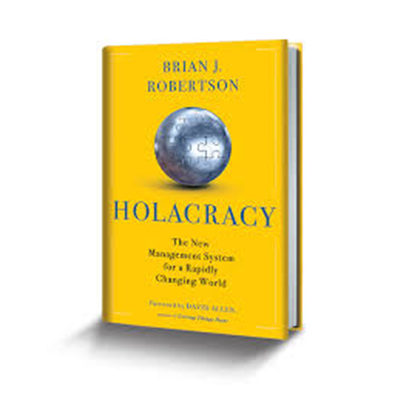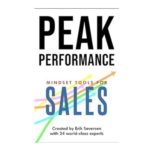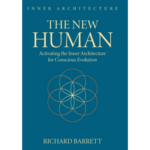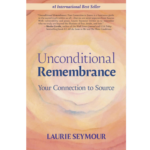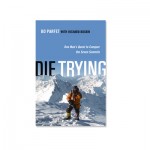I’ll bet that many of you reading this blog entry are not aware of the Gen Z generation. So, let’s put this in some context–Gen Z’ers are the generation born between 1995 and 2012. There are over 72.8 million of them in the US, and they are characterized as a generation that has only known smartphones and are true digital natives, and they have access to information 24/7. I recently got to interview both David and Jonah Stillman about their new book entitled ” Gen Z @ Work“.
While always being plugged in they are also suffering from what is referred to at FOMO (Fear of Missing Out) because they are so plugged into information 24/7.
In this dynamic interview with a father-son team, they inform us of what is recommended to work effectively with the Generation Z . Jonah who is a senior in high school states that this generation will bring important entrepreneurial spirit to work. They are consistently looking to streamline processes and procedures, and are more independent that the Millennials. David, Jonah’s father states that the Gen Z group responded to their survey stating that they prefer face to face communications versus that of texting or social media platforms—quite interesting considering they are considered digital natives and love technology.
If you want to learn more about the preferences of this generation in the workplace, then I highly recommend that you listen to this podcast with David and Jonah Stillman. I also suggest that you check out their book website by clicking here. You can reach them on Facebook by clicking here.

